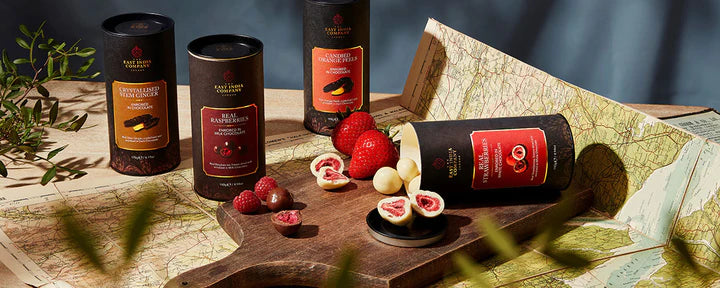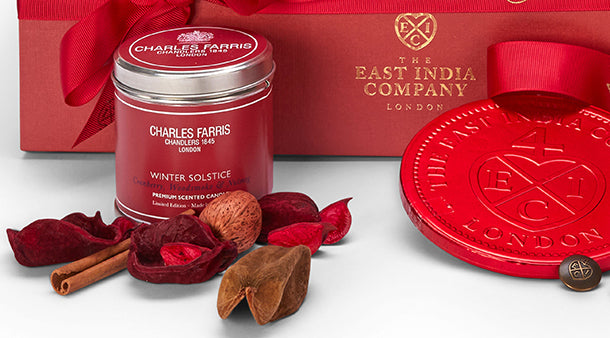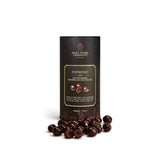Stories

Benjarong: Behind the Craft
The origins of Benjarong trace back to the Ming Dynasty in China, 1368-1644 A.D. About 600 years ago, a princess from China married into the Siam Royal Family and she brought the Benjarong with her. For 500 years, Benjarong was then created exclusively for the Royal Family of Siam (now Thailand).
Benjarong meaning five colours, usually has five or more colours and up to fourteen. Each piece is created in small studios by Thai artisans who have handed down their skills through many generations. The process is painstakingly slow and has not changed for over 400 years. The fine porcelain is first drawn out in great detail by the artist and is then hand painted. It is kiln fired after each colour is applied, then hand adorned with 18 carat gold or platinum and signed by the artist. Every piece is truly one of a kind
FGBJ10223PKGB
Benjarong Mug M1 Pikul Pattern
The intricacies of how it is made, the colour mixing, application of paints and patterns, are a well-kept secret.
The information you can find on our product pages, are as much as we are allowed to reveal.
Painting: Benjarong was traditionally painted from rim to base in symmetrical patterns. Although Benjarong means 5 colours, up to 14 colours are now used to improve variety in the patterns using paint made from mineral colours.
Quality Control: Only the strictest quality control procedures are employed and the slightest mistake will lead to rejection. Perfection is paramount for this range.
Length: 9.4 cm
Width: 7.7 cm
Height: 9.5 cm
Country of Origin: Thailand
Certification of Authenticity: Included with every purchase, copy required
- Benjarong contains a metallic gold paint and must therefore never be placed in a microwave oven.
- Avoid direct exposure to sunlight for long periods.
- To avoid scratches, ensure your Benjarong pieces do not rub against hard surfaces. We recommend that plates are stacked with tissues separating them. Do not slide plates over one another, they can scratch, just as one diamond will scratch another.
- To clean a Benjarong dinnerware items, it is advisable to hand wash only as you would with any other bone china.
- Use a plastic basin as a cushion against a hard metal sink.
- Never use abrasive pads, cleaners or scouring agents.
- Don't let your Benjarong sit in the sink or basin for a long period of time.
- Wash separately from other dinnerware e.g. cutlery.
- Do not wash with any silver because any rust from the silver could cause a grey mark on a piece of Benjarong dinnerware item. - It is safe to warm your Benjarong tableware ni an oven provided that you place the Benjarong in a cold oven and heat gradually up to 100 degrees C or, in a gas oven, to gas mark "one qaurter". Alternatively you can warm your Benjarong in a hostess trolleyor on a plate warmer.
Our spirit delivers no ordinary products
-
FAQ
How do I clean my Benjarong products?
- Do not wash with any silver because any rust from the silver could cause a grey mark on a piece of Benjarong dinnerware item. - To clean a Benjarong dinnerware items, it is advisable to hand wash only as you would with any other bone china.
- Use a plastic basin as a cushion against a hard metal sink.
- Never use abrasive pads, cleaners or scouring agents.
- Don't let your Benjarong sit in the sink or basin for a long period of time.
- Wash separately from other dinnerware e.g. cutlery.
How do I know if it's authentic?
A Certification of Authenticity is included with every purchase. -
Delivery & Returns
UK Standard Delivery: £3.95
UK Next Day Delivery (mainland UK only): £9.95 (Order before 12pm)
International Delivery is available, please see our delivery page for details. For more information and Terms & Conditions, please see our Delivery page. - Reviews

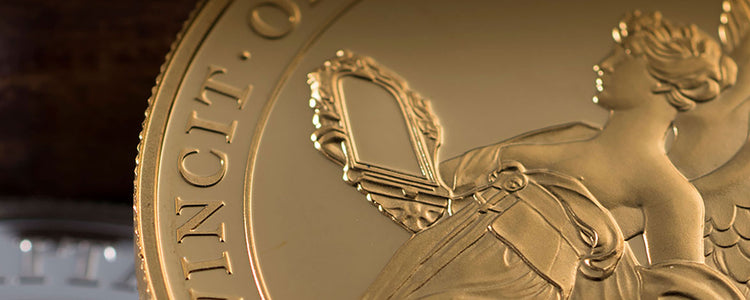

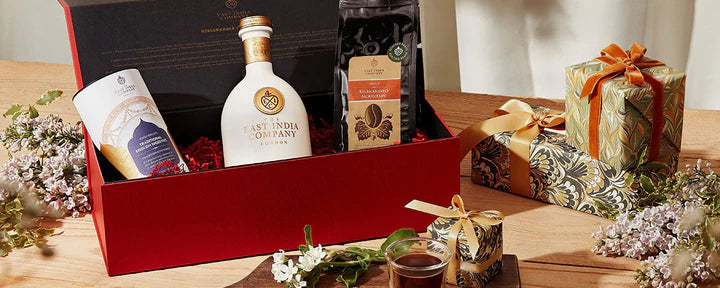
 Ceylon / Sri Lanka
Ceylon / Sri Lanka Assam, India
Assam, India Japan
Japan Taiwan
Taiwan Nepal
Nepal China
China Kenya
Kenya Egypt
Egypt South Africa
South Africa